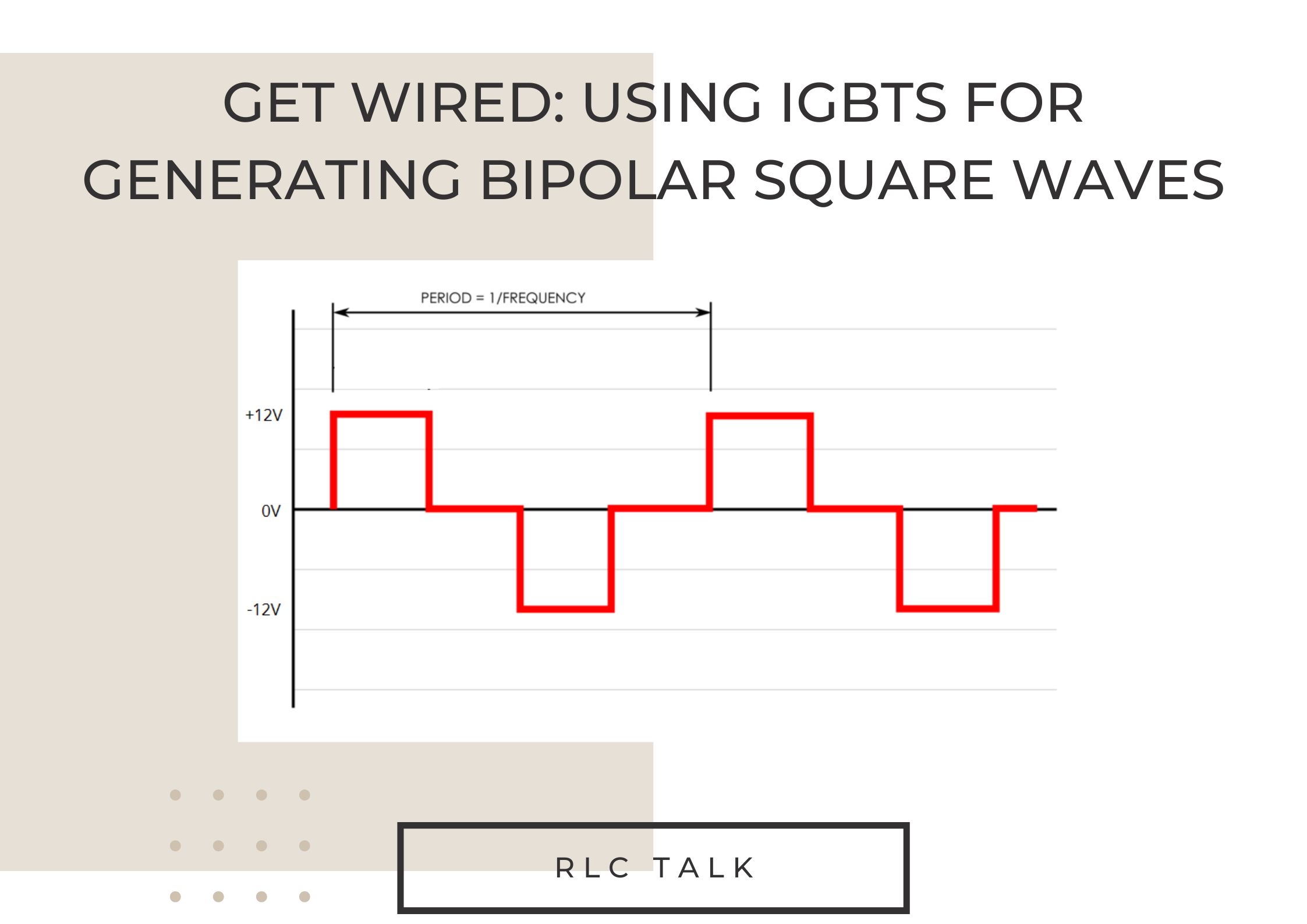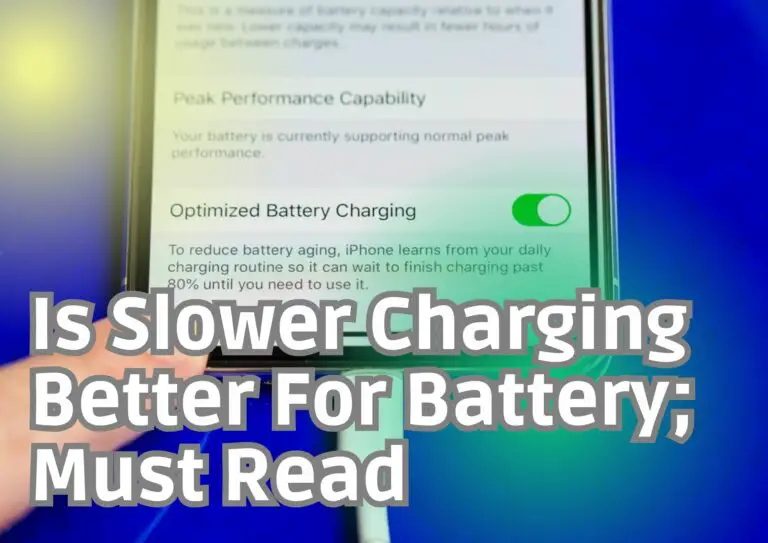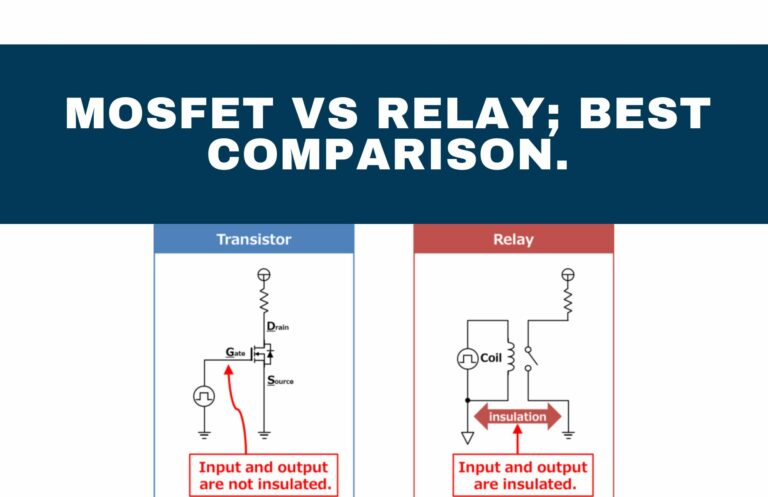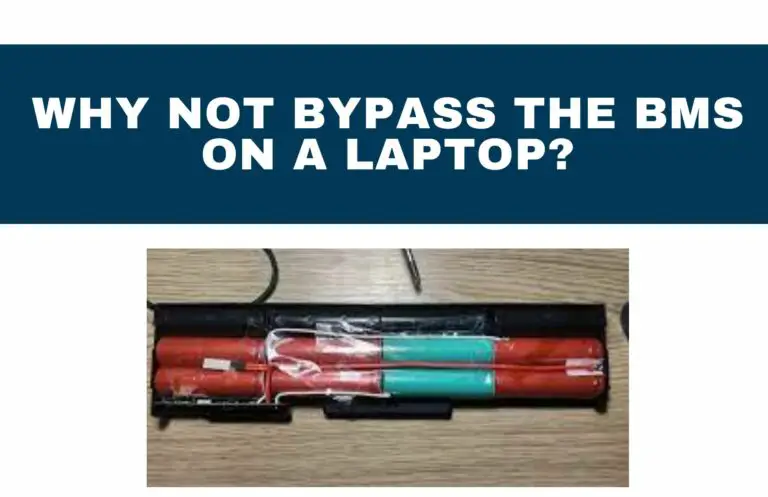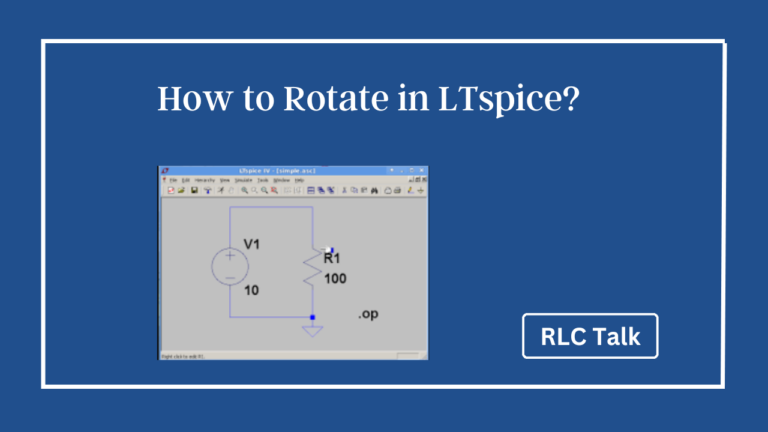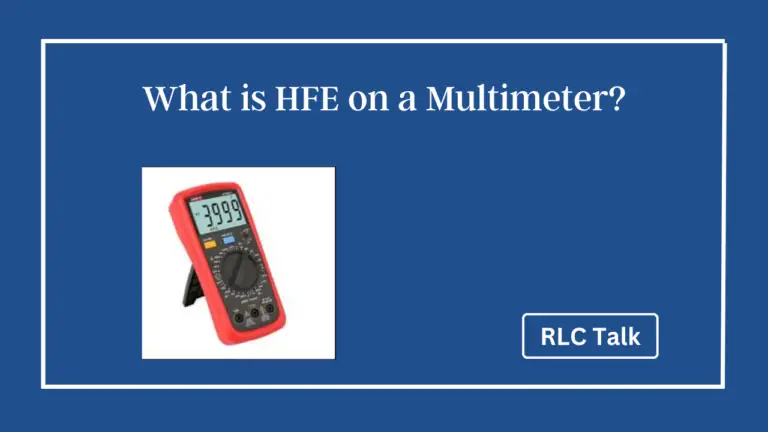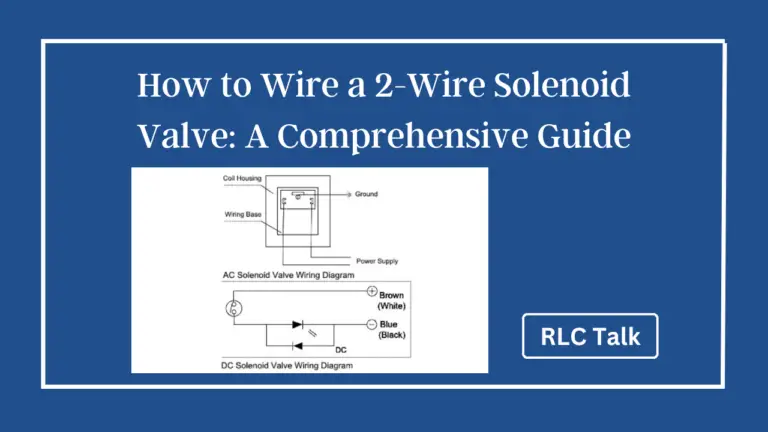Get Wired: Using IGBTs for Generating Bipolar Square Waves
Insulated-Gate Bipolar Transistor (IGBT) is a three-terminal power semiconductor device used in electronic circuits for switching and amplification of signals. It is a combination of MOSFET and Bipolar Junction Transistor (BJT) technology that provides high switching speed and high input impedance, making it ideal for high-frequency applications.
A square wave is a waveform that alternates between two levels (high and low) at a fixed frequency. It is characterized by its duty cycle, which represents the ratio of the duration of the high-level signal to the period of the waveform. Square waves are commonly used in digital electronics, telecommunications, and power electronics.
What is a Bipolar Square Wave?
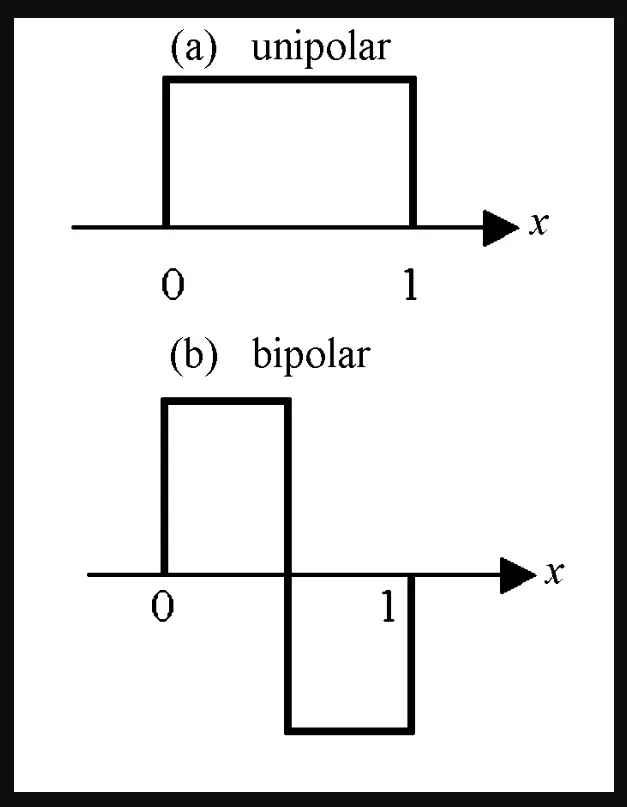
A bipolar square wave is a type of square wave that has equal positive and negative voltage levels. It is also known as a symmetrical square wave. Unlike a standard square wave, which only has a high and low voltage level, a bipolar square wave can swing above and below the reference level, providing a more versatile signal for certain applications.
Bipolar square waves are used in a variety of applications, including audio signal processing, power electronics, and telecommunications. In audio signal processing, bipolar square waves are used for distortion effects in guitar amplifiers, while in power electronics, they are used for motor control and variable speed drives. In telecommunications, bipolar square waves are used for pulse code modulation (PCM) encoding of voice signals.
Troubleshooting PSPICE: Why You Can’t Create a New Simulation Profile
Rlc talk
IGBT and Square Wave Generation
IGBT can produce a square wave by using pulse width modulation (PWM) techniques. In this method, the IGBT is switched on and off rapidly to produce a series of high and low pulses, creating a square wave with the desired frequency and duty cycle. The output waveform can be shaped by adjusting the pulse width and frequency of the input signal.
Limitations of IGBT for generating square wave
Although IGBTs are capable of generating square waves, they have some limitations. They have a slow turn-on and turn-off time, which can limit their ability to produce high-frequency signals. Additionally, they have a limited voltage and current rating, which can limit their use in high-power applications.
Can IGBT produce Bipolar Square Wave?
IGBT’s bipolar transistor structure makes it capable of producing bipolar square waves. By controlling the input signal’s amplitude and duty cycle, the IGBT can generate a bipolar square wave with the desired characteristics.
IGBT has several advantages in generating bipolar square waves. It has a high switching speed, low input impedance, and high efficiency, making it ideal for high-frequency applications. However, IGBTs also have some limitations, including their high cost and sensitivity to overvoltage.
IGBTs are not the only semiconductor devices capable of generating bipolar square waves. Other devices, such as MOSFETs and BJTs, can also produce bipolar square waves, but they have different characteristics and limitations. MOSFETs have a faster switching speed than IGBTs but have lower voltage and current ratings. BJTs have a lower switching speed than IGBTs but are less expensive.
Circuit Design and Considerations for Generating Bipolar Square Wave using IGBT
The circuit for generating a bipolar square wave using IGBT involves a pulse width modulation (PWM) controller, an IGBT, and an LC filter to smooth out the output waveform. The PWM controller generates a series of high and low pulses with a variable duty cycle, which controls the output waveform’s shape.
The IGBT switches the input voltage on and off according to the PWM signal, creating the bipolar square wave. The LC filter removes any high-frequency noise and ripples from the output waveform, providing a clean and stable output.
When designing a circuit for generating bipolar square waves using IGBTs, several factors must be considered. The IGBT voltage and current rating should match the application’s requirements to ensure reliable operation. The PWM controller’s switching frequency should be selected based on the application’s frequency range, and the LC filter’s parameters should be optimized to provide the desired waveform quality.
Simulation software such as LTspice or PSpice can be used to simulate the circuit’s performance and verify its functionality. The simulation can provide insights into the circuit’s behavior, such as the waveform’s shape, frequency, and noise level. It can also help identify any issues that may arise during operation, allowing for adjustments to be made before building the physical circuit.
Applications of Bipolar Square Wave

Industrial Applications
Bipolar square waves are used in various industrial applications such as motor control, welding, and induction heating. In motor control, bipolar square waves are used to control the speed and torque of electric motors, providing precise control over their operation.
In welding, bipolar square waves are used to produce high-frequency pulses to melt and fuse metals together. In induction heating, bipolar square waves are used to generate high-frequency electromagnetic fields that heat up conductive materials.
Power Electronics Applications
Bipolar square waves are used in power electronics applications such as DC-AC inverters, uninterruptible power supplies (UPS), and solar inverters. In DC-AC inverters, bipolar square waves are used to convert DC voltage to AC voltage, allowing for the use of AC appliances with DC power sources.
In UPS, bipolar square waves are used to provide backup power in the event of a power outage. In solar inverters, bipolar square waves are used to convert DC voltage generated by solar panels into AC voltage that can be fed into the power grid.
Audio Applications
Bipolar square waves are used in audio signal processing applications such as guitar amplifiers, distortion effects, and synthesizers. In guitar amplifiers, bipolar square waves are used to produce distortion effects that enhance the guitar’s sound.
In distortion effects, bipolar square waves are used to produce clipping effects that alter the sound’s character. In synthesizers, bipolar square waves are used to produce complex waveforms that can be used to create a wide range of sounds.
IGBTs are capable of producing bipolar square waves, which are used in various applications such as audio signal processing, power electronics, and telecommunications. Although IGBTs have some limitations, their high switching speed, low input impedance, and high efficiency make them ideal for high-frequency applications.
As technology continues to advance, new semiconductor devices with improved characteristics may emerge, providing better alternatives to IGBTs for generating bipolar square waves. Additionally, advancements in circuit design and simulation software may allow for more efficient and optimized circuit designs.
How To Put Up Led Lights Without Ruining The Paint? A Complete Guide
rlc talk

